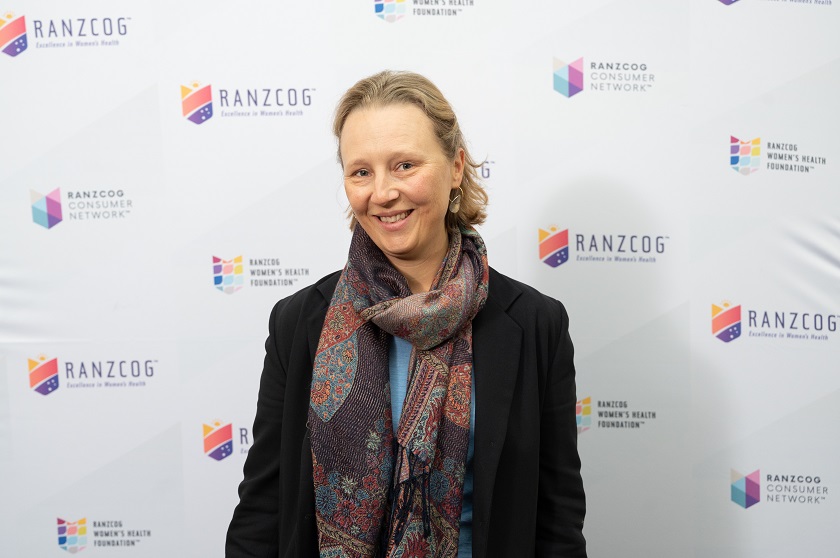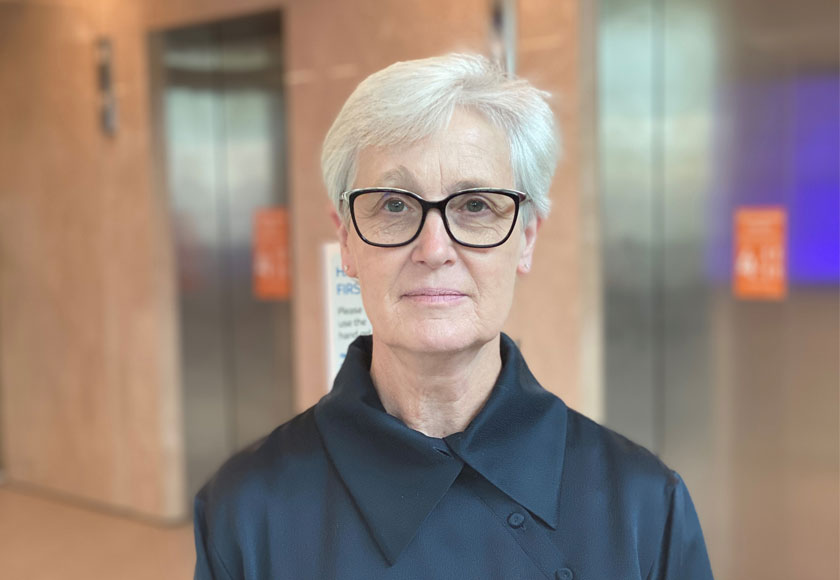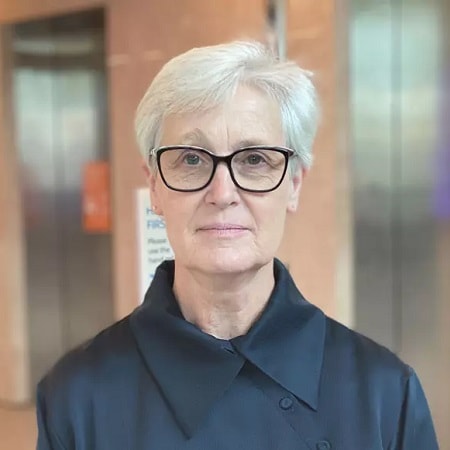What is endometriosis and why does it cause pain?
Endometriosis is a progressive, chronic, oestrogen-dependent condition, in which cells similar to those that line the inner cavity [endometrium] of the uterus grow in locations outside the uterus. Most commonly this occurs in the pelvis and abdominal peritoneum, but it can occur in abdominal scars, and occasionally outside the abdominal cavity.
Endometrial cells in endometriosis multiply to form patches / plaques on other organs, sometimes infiltrating deeply. As with all endometrial cells, those in deposits of endometriosis respond to the stimulation of cyclical ovarian hormones, but the tissue and blood produced, which cannot be expelled from the body, can result in intense localized inflammation, causing pain and scarring [which can progress to the development of adhesions]. Deposits of endometriosis can enlarge and form cysts called endometriomas.
What are the symptoms of endo and how can I get tested if I think I have it?
Symptoms vary from woman to woman – there is a spectrum from very few symptoms to incapacitating effects. When symptoms are seemingly minimal, there may be a delay in diagnosis.
Pain is the most frequent symptom. It may occur into the days prior to and during a period, during or after intercourse, during ovulation, or a combination of all of these. The pain can be felt in the abdomen generally, pelvis, lower back, when having a bowel movement, and when passing wind or urine, dependent on the location of the endometriosis. The amount of pain doesn’t necessarily depend on the extent of the disease.
Bladder and bowel problems may occur. Symptoms might be constipation or diarrhoea, the need to urinate more frequently at different times of the menstrual cycle, or bloating.
Laparoscopy is the only way to confirm clinical suspicions and diagnose of endometriosis. This operation allows the abdominal cavity to be assessed and treatment is often able to be performed during the procedure.
Does it worsen over time?
Endometriosis has been found to spontaneously resolve in 1/3 of women who are not actively treated. However it is generally considered a progressive disease, which can be unpredictable. With no known cure, the goals of treatment are to control the symptoms.
What makes a person susceptible to it?
The underlying cause for the development of endometriosis can be uncertain. The more likely causes include:
A family history, with a close relative with the condition, increases the likelihood of developing the condition.
Some feel that the condition may result from retrograde menstruation, where menstrual blood flows back through the fallopian tubes and into the pelvis, rather than being released in a period. There are, however, many cases where this is unlikely to be the cause
Spontaneous conversion of peritoneal cells into endometrial cells seems to be a more plausible explanation in the majority of cases.
Are endo sufferers infertile?
30 – 50% of women with endometriosis may experience infertility. Overall endometriosis is the 3rd most common cause of infertility, being diagnosed in 20 – 50% of infertile women, but it can be as high as 71 – 87% in women with chronic pelvic pain. It has been calculated that the spontaneous pregnancy rate for infertile patients with untreated mild endometriosis is 2 – 4.5% per month, and those with moderate to severe endometriosis less than 2% per month. This is compared with 15 – 20% per month in couples not affected by fertility concerns.
Is it a permanent condition?
As indicated in an earlier answer, endometriosis has been found to spontaneously resolve in 1/3 of women who are not actively treated. However it is generally considered a progressive disease, which can be unpredictable. With no known cure, the goals of treatment are to control the symptoms.
Is it genetic? Will I pass it onto my daughters?
Yes, the condition is thought to have genetic component. A family history, with a close relative with the condition, increases the likelihood of developing the condition.
There is a 10X increased incidence in women with an affected 1st degree relative [mother, sister, or children]. With monozygotic [“identical twins”] the incidence is very high.
How can I reduce my symptoms?
The best treatment will depend on individual needs, severity of symptoms and extent of the endometriosis. Decisions will often involve your desire to have children in the future.
There is no direct evidence that lifestyle affects endometriosis; however it is important to remain as healthy as possible
Gentle physical activity may help to ease the pain
Quality sleep every night and stress management can assist.
Pain management may involve the use of anti-inflammatory or pain medications, and some women may even benefit from complementary medicine.
How many women have it?
Studies suggest that endometriosis affects 6 - 10% [1 in 10] women of reproductive age 15 -49. The exact incidence is dependent on laparosopic diagnosis. There seems to be no obvious racial or social differences in its incidence. The incidence seems to increase with age.
Does it increase my chances of getting cancer?
Studies have shown that women with endometriosis do have a small increased risk of developing ovarian cancer compared to the general population. 1.3% of the general female population will develop ovarian cancer, compared to less than 2% of women who have endometriosis.
Should I tell my boss / co-workers that I have it?
This will depend on how much you wish to divulge your personal health information and need to have leave from work. In an analysis of worldwide studies, 82% of women with endometriosis are at times unable carry out day-to-day activities due to endometriosis
What is the long-term prognosis for endo sufferers? Will we ever eradicate it?
Endometriosis is generally considered a progressive disease, which can be unpredictable. With no known cure, the goals of treatment are to control the symptoms.
Hormonal medications, which will usually control the menstrual cycle [by suppressing the growth of endometrial cells], can help to reduce the pain of endometriosis. These medications include the COCP [combined oral contraceptive pill] or progestins, either by tablet or intrauterine device. Up to 95% of patients respond to suppression of ovulation medical therapy for a reduction in pelvic pain. This therapy will be inappropriate for treatment of endometriosis-associated infertility. Unfortunately, as many as 50% of women will have their symptoms return within 5 years with medical management.
Surgery, through the use of diathermy and excision, aims to locate and remove as many patches of endometriosis, cysts, nodules, endometriomas [chocolate cysts] and adhesions as possible, to repair any damage and improve fertility. At its worst, the condition may involve consideration of hysterectomy and removal of both ovaries, and even bowel and bladder surgery
Where can I get more information or a referral to a specialist?
endometriosisaustralia.org








